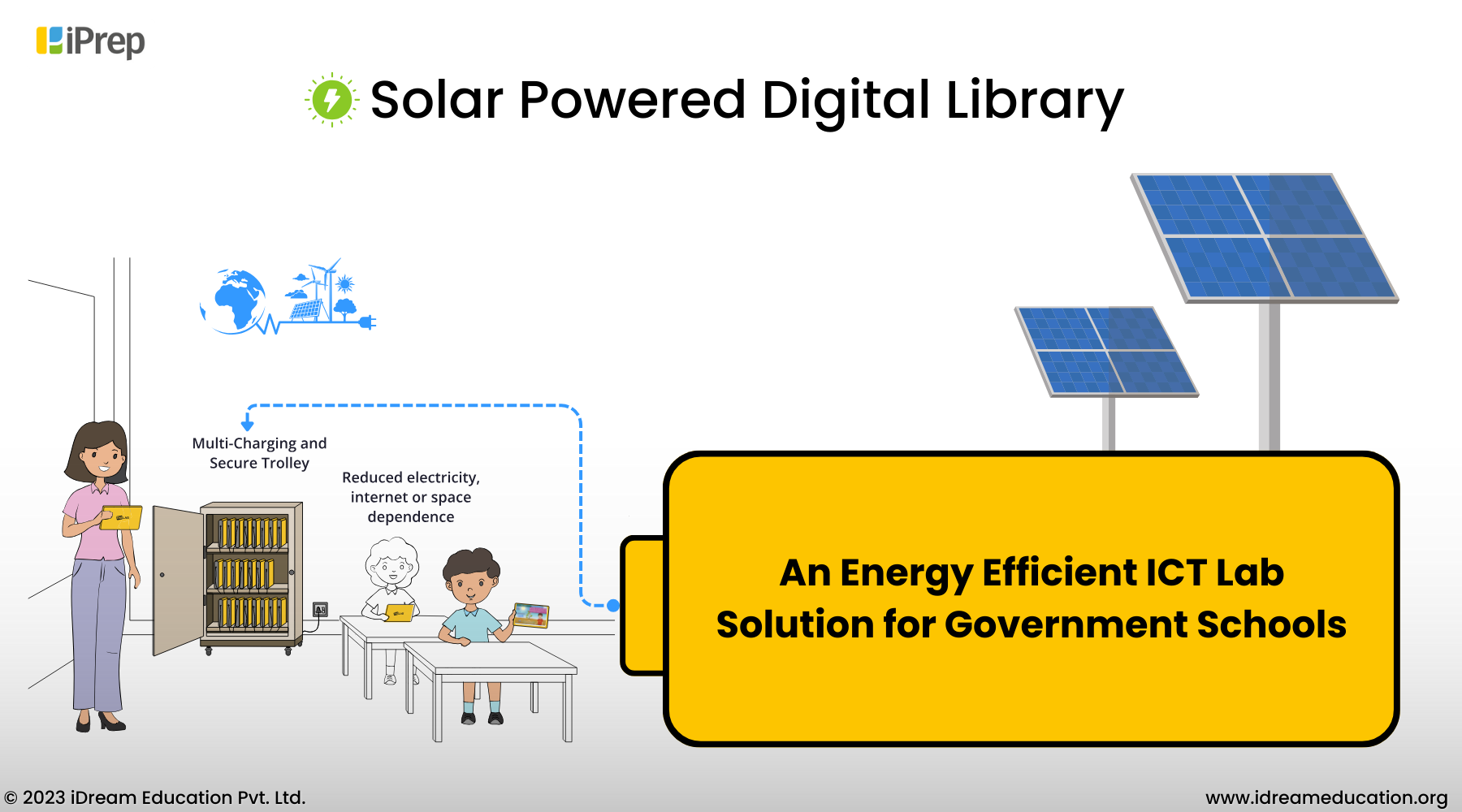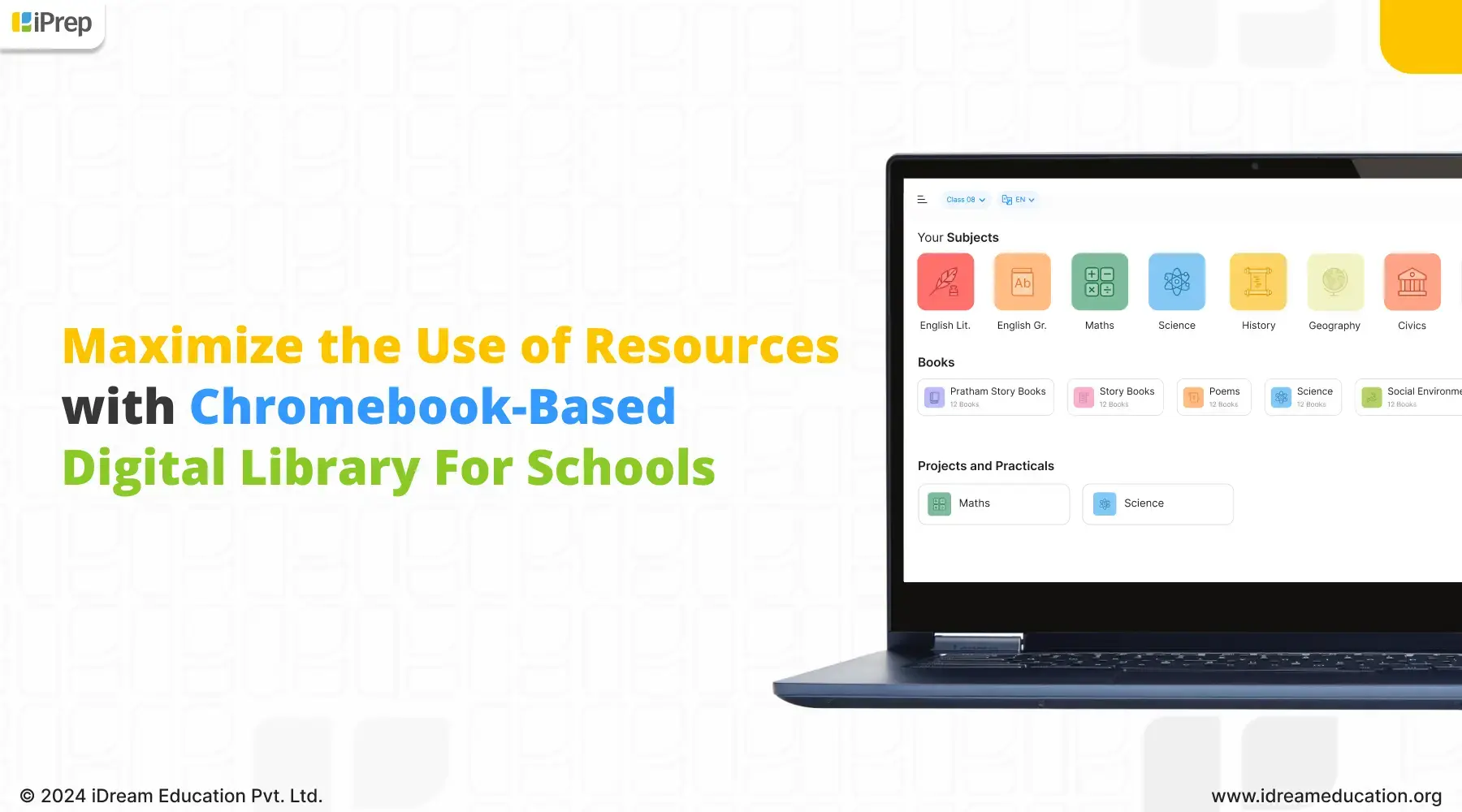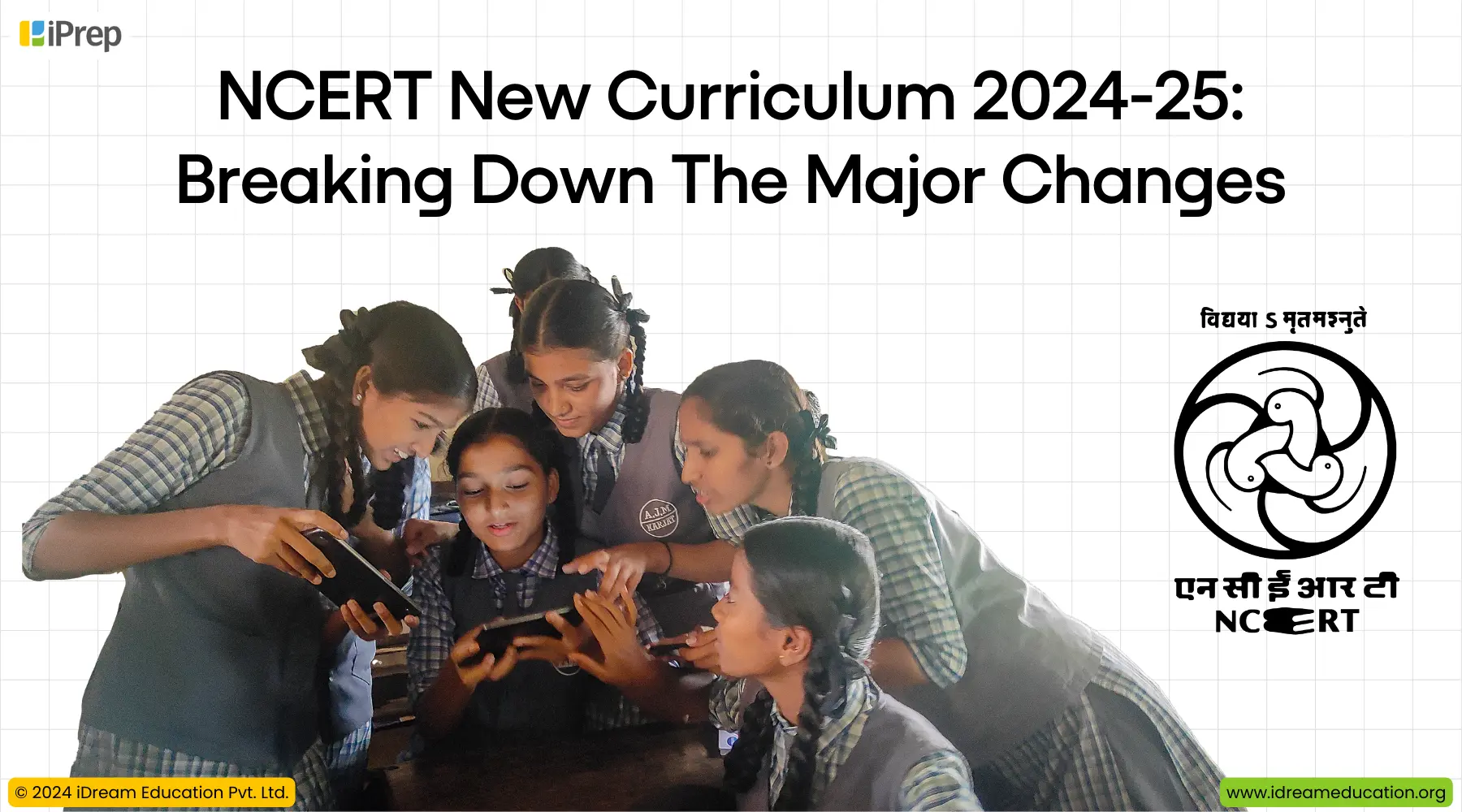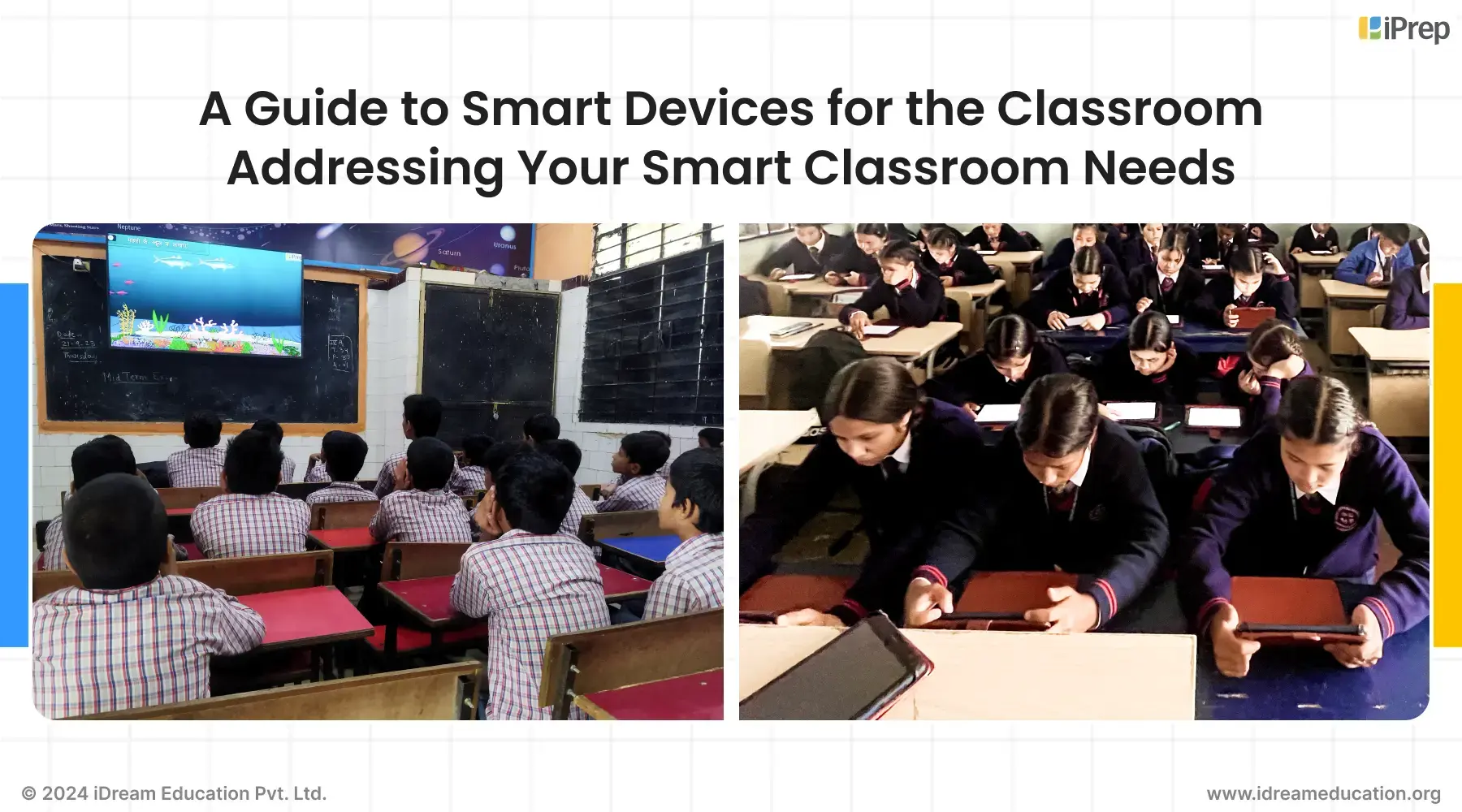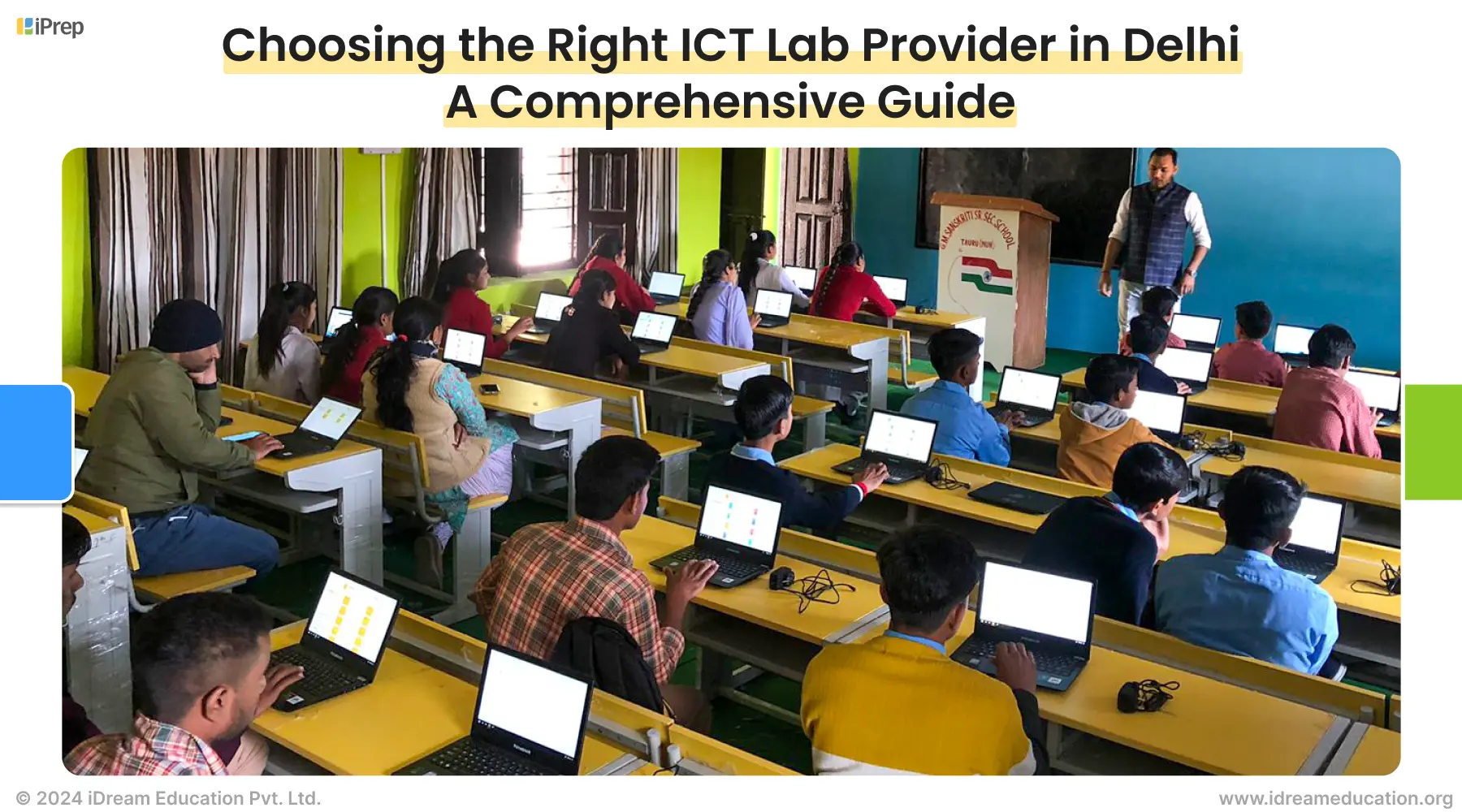The journey from a good teacher to a personalised mentor and a guide
There is a very interesting analogy in how the game of cricket has evolved over the years. And so, how our education system can take cues and adapt to the way the 21st century is shaping up.
Read below to explore this connection deeper.
Imagine that you have come to learn how to play cricket. Let’s assume for a while that you wish to be a batsman.
Your coach comes to you, gets you all padded up, goes over the basics. He then shows you how to play a cover drive. Then he asks you to practise playing the same shot. Your coach observes you, helps you get your stance, the bat grip right and once satisfied, takes you to a cricket pitch.
The bowler on the other end gets ready to bowl. The bowler begins his run up, you take your stance and just about the time you extend your right foot forward to play the cover drive, the bowler bowls a bouncer. The ball hits you on your helmet. You gather your senses and get ready to play the next ball.
Once again, you take your stance. Only this time, the bowl is going towards your leg stump. You fail to take the right shot again. The third ball coincidentally lands on just the right spot for you to extend your right foot forward and play the cover drive. As the ball goes in between the fielders, it fetches you a boundary. You look towards your coach and see that he is a one happy person.
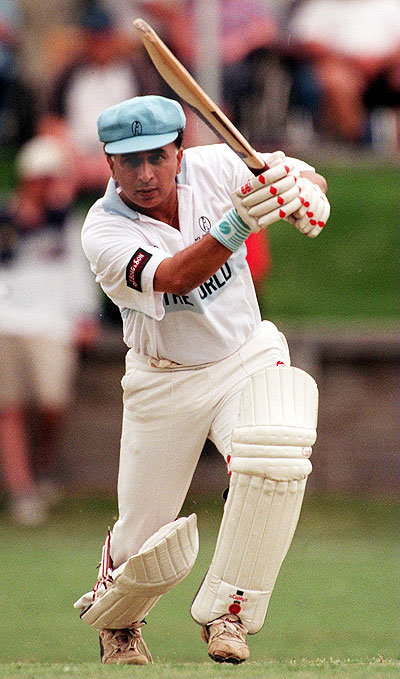
Time has changed
In the era of Sunil Gavaskar, where you were required to play long innings in a test match, a good batsman would have left the first two balls and kept on waiting for the right balls in his zone. Considering those times, it was a great strategy and we have seen several amazing and successful players from that era. When Sachin began his career, even he was known for his straight drive and Sourav Ganguly for the back foot punch through the off side.
Today is however a time wherein the same player is expected to play a test match, a one day and even a T20. Today is the era of improvisation. No matter where the bowler delivers the ball. When it is about your success, it depends upon how well you improvise depending upon the situation of the game and play your shot. These are the times of Kohli, Raina, Karthik, Dhoni who have revolutionised the game with helicopter shots and much more. The coaching manuals today have evolved to teaching a cricketer to adapt to any kind of situation, to trust your core skills and play accordingly.
Let us now look at the style of learning that is followed within our education ecosystem today.
Coaching in education system
Much like our coach in the beginning of this blog, the previous generation was a product of an education system which followed a structured approach to learning. We used to go to the school, there was a set time table, a set curriculum, a set pedagogical approach and all students were expected to equally be a part of the same. It has of course given us all the talented bunch of people who are writing the growth story of our country today.
But, Just like our cricket has evolved, the outside world has also undergone through a similar change in the last decade. This is the 21st century where change is happening even before you can imagine. Consider this. Till 5–6 years back, there was no online retail in India. But within these last few years, online retail has gone onto become a multi billion dollar entity. In the process, creating a completely new industry and bringing in jobs that never existed till 5 years back. The next decade and the decade after is going to move at a similar pace. It will be creating newer industries, killing some existing ones and bringing in newer sets of jobs.
For someone to adapt to such changes and be successful, you need life skills. They give you the temperament to adjust, learn, unlearn and improvise your knowledge. By having them you can come through with whatever life throws at you.
However, as teachers and educators, what we need to reflect upon is whether our existing approach needs to evolve in the 21st century just like the coaching manuals have evolved to suit one day and fast paced T20 matches.
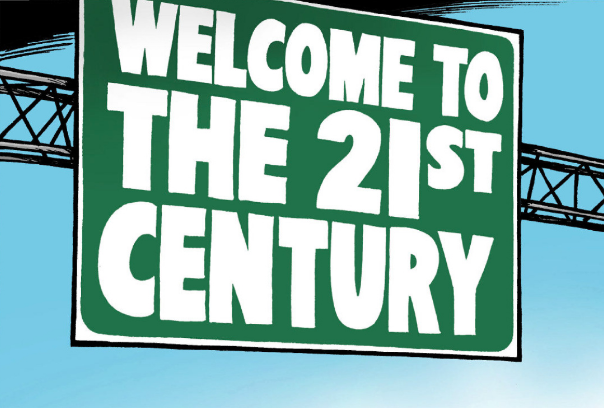
The time is right to embrace this change and take the next step to realign our curriculum and pedagogy. The focus can be on building 21st century learning skills in children which can prepare them to adapt to the uncertainties around them. Skills such as leadership, communication, ICT, critical thinking, creativity, collaboration, flexibility have to become mainstream and merge with what we are learning in our schools.
‘Multiple Problem One Solution’ doesn’t work anymore
Another important aspect to understand is that the “one thing fits all” approach ain’t going to work today. This is the information age where access to information is no longer a challenge. Children even in the rural most parts of the country are choosing to accept the information that interests them the most and in a way that they enjoy best. Every child is at a different level of skills as mentioned above. Also, each will choose to apply it in their own unique ways. If you bind them too much into a structure, you may see a revolt. It can also lead to child giving in and losing his/her inquisitiveness. And you don’t want either.
As individuals and organisations who are a part of the education system in our country, we can accept this change by personalising learning for each child. And true personalised learning means that you empower every child to choose their own style and pace of learning. It will let us appreciate the uniqueness of each child. We can then build an ecosystem that will proactively and happily excite the child to learn.
The key now is to explore how can we do this best.
Sharing one approach below.
At iDream Education, for the past few years we have been working at delivering enjoyable and personalised digital learning via mobile and tablets to students studying in government schools. With respect to the two points mentioned above – about 21st century skills and to make learning personalised, we wish to highlight a few observations below basis the experience we have had:
- Because android smartphones are increasingly penetrating within our country, there already is a lot of familiarity with touch based devices. When students receive learning tablets in their hands, the adoption is quick and with 0 hassles
- Due to touch n play nature of the tablets, we have observed student engagement to be very high. As guided by their teachers and many times on their own, they get to choose what content to learn from and at what pace. Once, they have this freedom, they feel empowered. And this feeling drives even higher engagement.
- With a device in a child’s hand, the learning experience becomes non-judgemental. Even when a child transitions to content of lower grades because of historical learning gaps, he/she does so happily
- Through our platform, we record student wise usage and learning data. When we share this data with teachers, we observed how they were able to guide their students better with very personalised feedback and allotment of tasks
Before we drive home any conclusion, we wish to share some of the impact stories we have observed because of the approach above.
Nikhil, a class VIII student in a government school in UP is fascinated by how objects work. he had a tablet in his hand and with a freedom to choose any type of content to learn. With that he chose to build models using waste items from the “Experiment and Project” section in the tablets. You can watch to his story below: (or can read Nikhil’s story)
Nisha, a class VI student in a government school in Rajasthan loves to read books. But in her village and in the school that she goes to is in rural remote area. She hardly gets any books there to read and fulfil her desire. With a tablet in her hand, she was the first one in her entire school who finished reading all the books in the “Digital Books” section. That too within a few months of set up. Here’s her story.
What we have experienced so far is that by personalising learning for each child, we were able to bring forth their real personalities and helped them to build skills best suited for them. These early trends are indeed indicative of the fact that there is a strong merit in taking the next step in learning. Let us together evolve to give the next generation the right skills. Let’s together create a new paradigm for growth.
Summarising the points that we have brought forward below:
- Our curriculum and pedagogy should now evolve to building critical life skills in students. It will help them adapt to the 21st century
- By making learning personalised, we can empower each child with life shaping and growth oriented skills. These will be unique for every child leading to real growth
- Adopting mobile and tablets for learning can help fulfil the above two objectives. With a student centric approach, these touch n play devices create a learning ecosystem. It excites a child for happy and proactive learning
As teachers, educators and parents, how do you think we can build skills in our children? Specially the ones that will help them adapt in the 21st century world? Do you have any examples to share with us? How are you personalising the learning experience for your child?


